Native languages of new immigrants are being taught in elementary schools for the first time under a trial program that began in August, the Ministry of Education said.
Forty-four schools in 15 cities are offering a total of 58 classes, the majority of which — 43 — are Vietnamese instruction, it said.
Hengchun Elementary School in Pingtung County is offering five classes in Filipino, Indonesian and Vietnamese, while in New Taipei City, Beisin Elementary School is offering Malaysian and Burmese, Sanzhi Elementary School offers Cambodian, and Thai is offered at Danfeng Elementary School and Shalun Elementary School.
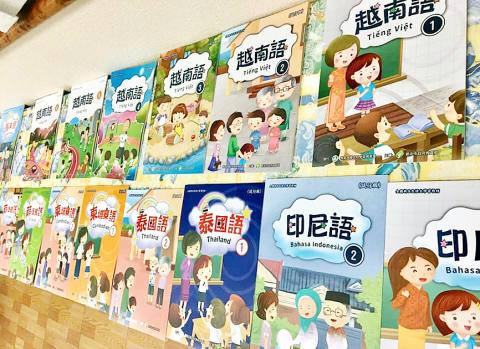
Photo courtesy of the Ministry of Education
The ministry said the new courses are being offered based on the needs and requests of the students, adding that the trial period will last until January.
A program for “new immigrant language” courses is to be officially implemented in the 2019 school year, K-12 Education Administration Director-General Chiu Chien-kuo (邱乾國) said.
A native language course will be a requirement in elementary school and an elective in junior-high school, while Southeast Asian languages will be incorporated into the second foreign language option for high schoolers, he said.
Until then, students can choose between Hakka, Hoklo (also known as Taiwanese), or an Aboriginal language, the ministry said.
A Southeast Asian language option is being added to the native language requirement in the new curriculum of the 12-year Basic Education program.
“New immigrant languages” are important resources for Taiwan’s overseas development and partnerships, while learning about the languages and cultures of Southeast Asian and other nations can help children to think globally, Chiu said.
Learning a Southeast Asian language can increase children’s ability to communicate across cultures and pursue cross-national activities, Chiu added.
Nearly 200,000 elementary or junior-high schools students have a parent who is a new immigrant, the ministry said.
About 70,000 of those have a parent who is Chinese, nearly 80,000 have a parent who is Vietnamese and about 20,000 have a parent from Indonesia, while most of the remainder have a parent from other Southeast Asian nations.
The editing and revision of the first and second volumes of teaching material for the seven “new immigrant languages” have been completed, while for Vietnamese, the revision is finished up to the 10th volume, the ministry said.
It said it is working to train teachers for the new course, with the primary goal to train assistant teachers,and have officially certified teachers serve as back-up support, adding that 1,313 have been trained as assistant teachers since last year.
National Chi Nan University is to offer courses to train and certify teachers of Southeast Asian languages by allowing students enrolled in its teacher certification program to pursue two majors, the ministry said.
Teachers with official teaching certification in a Southeast Asian language will be available by 2019 at the earliest, it added.
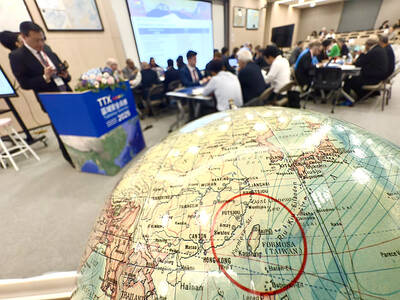
DEFENSE: The National Security Bureau promised to expand communication and intelligence cooperation with global partners and enhance its strategic analytical skills China has not only increased military exercises and “gray zone” tactics against Taiwan this year, but also continues to recruit military personnel for espionage, the National Security Bureau (NSB) said yesterday in a report to the Legislative Yuan. The bureau submitted the report ahead of NSB Director-General Tsai Ming-yen’s (蔡明彥) appearance before the Foreign and National Defense Committee today. Last year, the Chinese People’s Liberation Army (PLA) conducted “Joint Sword-2024A and B” military exercises targeting Taiwan and carried out 40 combat readiness patrols, the bureau said. In addition, Chinese military aircraft entered Taiwan’s airspace 3,070 times last year, up about
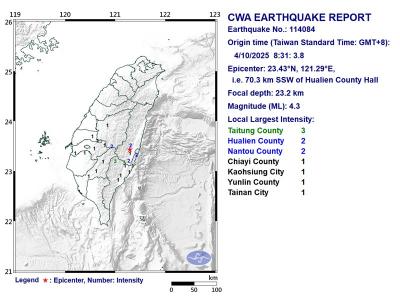
A magnitude 4.3 earthquake struck eastern Taiwan's Hualien County at 8:31am today, according to the Central Weather Administration (CWA). The epicenter of the temblor was located in Hualien County, about 70.3 kilometers south southwest of Hualien County Hall, at a depth of 23.2km, according to the administration. There were no immediate reports of damage resulting from the quake. The earthquake's intensity, which gauges the actual effect of a temblor, was highest in Taitung County, where it measured 3 on Taiwan's 7-tier intensity scale. The quake also measured an intensity of 2 in Hualien and Nantou counties, the CWA said.
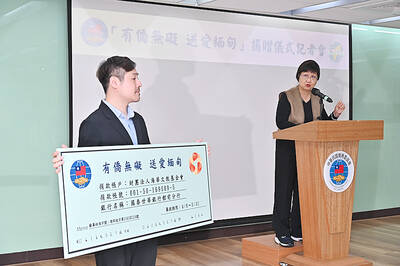
The Overseas Community Affairs Council (OCAC) yesterday announced a fundraising campaign to support survivors of the magnitude 7.7 earthquake that struck Myanmar on March 28, with two prayer events scheduled in Taipei and Taichung later this week. “While initial rescue operations have concluded [in Myanmar], many survivors are now facing increasingly difficult living conditions,” OCAC Minister Hsu Chia-ching (徐佳青) told a news conference in Taipei. The fundraising campaign, which runs through May 31, is focused on supporting the reconstruction of damaged overseas compatriot schools, assisting students from Myanmar in Taiwan, and providing essential items, such as drinking water, food and medical supplies,
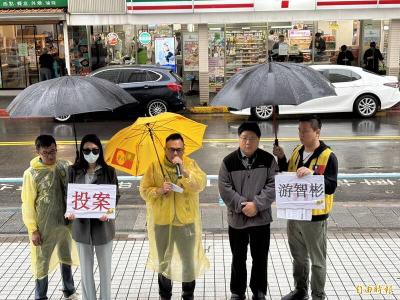
New Party Deputy Secretary-General You Chih-pin (游智彬) this morning went to the National Immigration Agency (NIA) to “turn himself in” after being notified that he had failed to provide proof of having renounced his Chinese household registration. He was one of more than 10,000 naturalized Taiwanese citizens from China who were informed by the NIA that their Taiwanese citizenship might be revoked if they fail to provide the proof in three months, people familiar with the matter said. You said he has proof that he had renounced his Chinese household registration and demanded the NIA provide proof that he still had Chinese